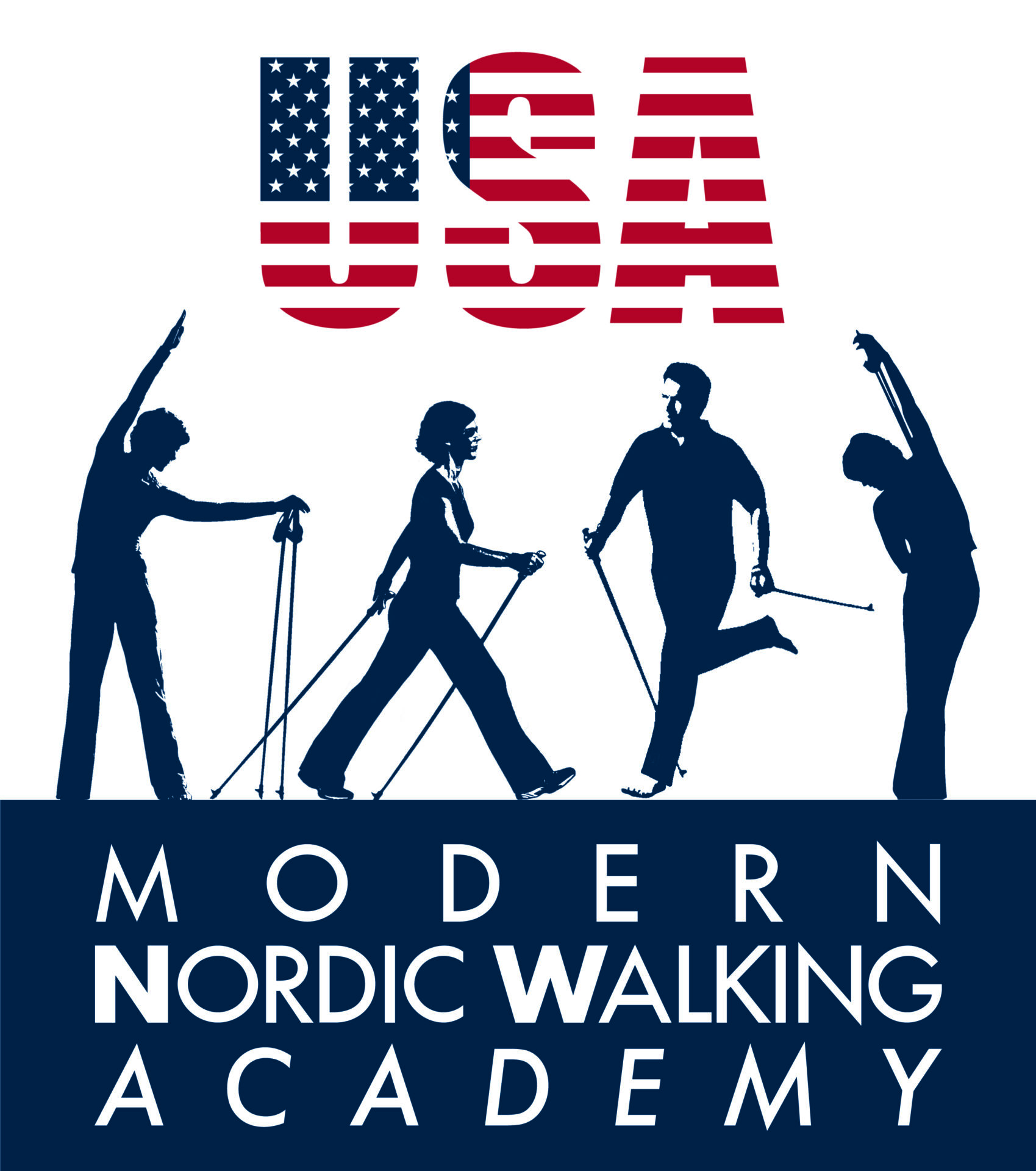
Caloric expenditure and increased oxygen consumption by an average of 20% and an increase in heart rate of approximately 10 beats per minute were achieved with the use of Nordic Walking poles and proper technique. Interestingly, even though the body works harder when using NW poles, the perceived exertion was not higher than when walking without poles. The use of Nordic Walking poles is particularly beneficial as they provide stability, which can support the physical activity of older individuals and those with orthopedic and coordination issues.Reference: Cooper Institute Calorie Expenditure. T. Church, C. Earnest, G. Morss. The Cooper Institute, RQES, vol 73, No.3, pp. 296-300, September 2002.
On the question of whether it is better to walk or engage in Nordic Walking for weight loss?
walking itself is a natural and safe way to engage in physical activity for individuals with excess weight or obesity.
This question is answered by an Italian study that observed overweight or obese individuals who either engaged in Nordic Walking or regular walking. The study population consisted of men and women aged 50-80 years with a BMI higher than 27 and stable weight, otherwise healthy. The participants were randomly divided into two groups:
Group A engaged in Nordic Walking three times a week for 60 to 90 minutes under the supervision of an instructor, and Group B engaged in the same amount of physical activity but only through regular walking. Both groups followed the same reduced-calorie diet recommended by the Italian National Nutrition Institute.
How was the effect of Nordic Walking on the weight loss of the participants measured?
A significant parameter was the reduction in waist circumference. Abdominal fat is a significant risk factor for the development of atherosclerosis, diabetes, and other chronic diseases, as well as a burden on the body. The overall and regional distribution of muscle and fat mass was measured using the latest technological methods. Respiratory and endurance capacity were measured using cycle ergometers and a 6-minute walking test (a standard test that evaluates the distance a person can walk under specific conditions in 6 minutes; the average adult walks 400-700 meters). The risk of muscle loss and weakness during weight loss, especially in older individuals, was also considered, so the study measured muscle strength by measuring the strength of biceps and quadriceps contractions and assessed muscle endurance through various tests.
How did it turn out? The results of the study:
showed that all the parameters measured improved in both groups compared to the initial values measured at the beginning of the study. Therefore, walking is beneficial regardless of whether it is Nordic Walking or regular walking.
But what is the difference between Nordic Walking and regular walking?
Significantly fewer individuals in the Nordic Walking group dropped out of the study for any reason compared to those who only walked, which can be explained by the fact that the perceived effort of those engaging in Nordic Walking was significantly lower than those who only walked. Cardiac performance significantly improved, and lung capacity increased after the first month of the study, which was maintained by those engaging in Nordic Walking throughout the 6-month period.
How did Nordic Walking affect body composition? Waist circumference decreased more in the Nordic Walking group during the first month, and the reduction continued throughout the study period. Nordic walkers achieved a significant reduction in total body fat during the third to sixth month compared to regular walkers. The loss of abdominal and leg fat was significantly higher in the Nordic Walking group compared to regular walking.
One possible explanation is that the continuous movement of the arms and trunk helps utilize fatty acids, leading to a reduction in abdominal fat.
What about muscle strength and endurance?
Nordic walkers achieved significantly better results in the 6-minute walking test after 3 months, while regular walkers achieved similar results after 6 months compared to the start of the study. The authors of the study speculate that the improvement in aerobic capacity, i.e., the ability of the heart and lungs to perform better, could be a contributing factor. Although Nordic Walking is primarily an aerobic sport that does not necessarily lead to an increase in muscle strength, the learning process of Nordic Walking techniques could stimulate a more intense connection between the nervous system and the skeletal muscles when learning a new motor task (mastering the Nordic Walking technique). Strengthening this connection increases the number of motor units in the muscles, which explains the improvement in the ability of the upper and lower limbs to contract without a significant increase in muscle mass. In conclusion, what does Nordic Walking offer obese patients beyond regular walking and diet?
Nordic Walking offers a significant reduction in excess abdominal fat, better tolerance for increased exercise intensity, and improved exercise tolerance. It can increase muscle strength while preserving muscle mass and counteracting the harmful effects of aging/obesity on muscle strength. Nordic Walking can lead to faster positive changes in body composition.
Source: Muollo V., et al., The effects of exercise and diet program in overweight people – Nordic walking versus walking, Clinical Interventions in Aging 2019:14 1555–1565 Compiled by: Dr. Katarína Smolková
More interesting artickles and researches:
Adults with overweight and obesity…
